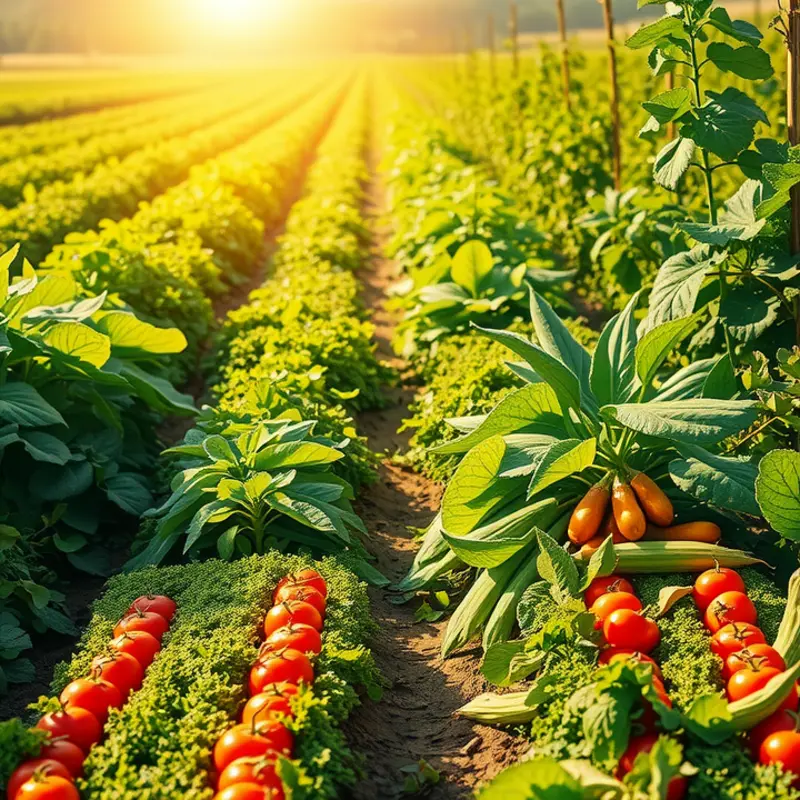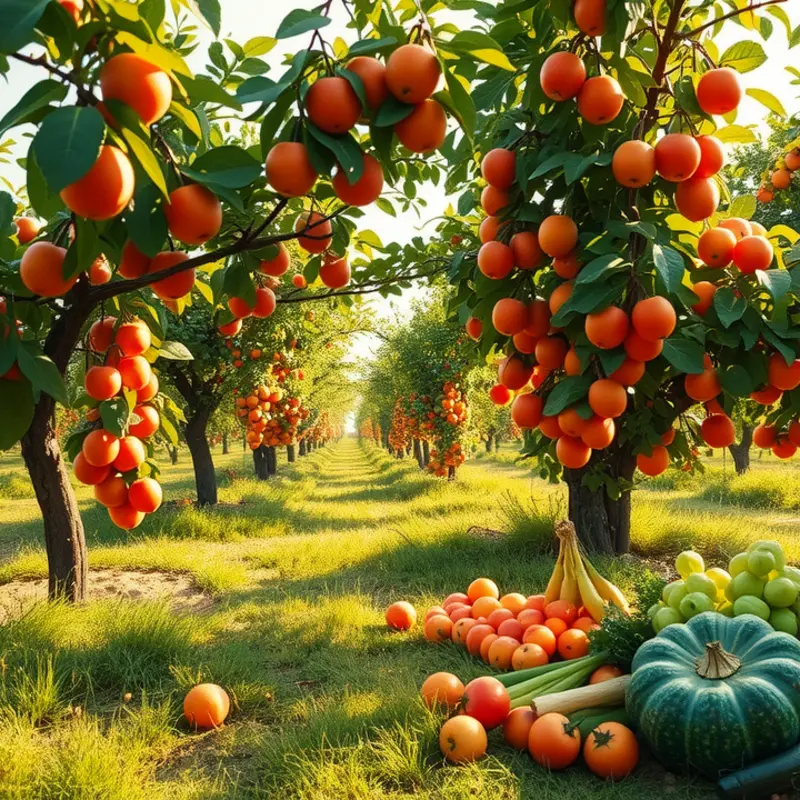Food and folklore share a unique relationship, as many culinary creations are steeped in local myths and traditions. Each dish tells a story, reflecting the history and culture of its origin. From hare pie in England linked to ancient rituals to baklava in the Balkans tied to cherished celebrations, these foods carry whispers of the past, connecting us to our ancestors through taste. Let’s embark on a journey through the world and delve into foods that are more than mere sustenance, but symbols of shared heritage and narrative.
The Mythical Marrow: Dishes with Legendary Roots

Throughout history, food has transcended the mere function of sustenance. It carries stories infused with myth, deepening our connection to the dishes we savor. When we explore the rich tapestry of culinary traditions across the globe, we encounter meals entangled with ancient tales and legends.
Consider Greek moussaka, a rich casserole that intertwines layers of eggplant, potatoes, and a velvety béchamel sauce. This dish is more than a hearty comfort food; it harbors lore often linked to the realms beyond life. In mythology, ingredients like eggplant have been associated with the underworld. This connection stems from ancient beliefs that certain foods can act as conduits to the spiritual world, a tradition slowly merging with culinary arts.
Turning our gaze eastward, we find mooncakes, the delicacy synonymous with the Chinese Mid-Autumn Festival. These filled pastries are intricately tied to the legend of Chang’e, the moon goddess. According to the tale, Chang’e consumed an elixir that granted her eternal life, transporting her to the moon. Mooncakes commemorate this myth and have historically served as vehicles for clandestine communication during revolts. Their preparation and consumption are steeped in symbolism and gratitude for the moon’s guidance.
In Ireland, colcannon marries mashed potatoes with cabbage or kale, seasoned with love and good fortune. The dish is linked to harvest traditions and Samhain, the Celtic precursor to Halloween. With its comforting simplicity, colcannon served as a way to honor the ancestors and predict the future, often with tokens hidden inside.
Bánh chưng from Vietnam offers another captivating anecdote. Wrapped in leaves and boiled, this savory rice cake is crafted during the Lunar New Year. Legend credits the creation of bánh chưng to a prince who honored his father with a representation of the Earth and sky. This dish symbolizes prosperity and unity, reflecting deep cultural roots intertwined with familial respect and cosmic balance.
Adding a broader perspective, these dishes are more than meals—they’re bridges to timeless stories. The rites of preparation, the act of sharing meals, and the reverence for tradition reflect unity across generations, even as sustainable eating practices become increasingly valued in today’s world.
Whether evoking heroes of ancient Greece or celebrating the elegance of the moon in Chinese folklore, culinary traditions capture narratives that feed our souls and imaginations. These legendary dishes offer a chance to travel through time with each flavorful bite, savoring the mysteries and marvels handed down through the ages.
Celebrations on a Plate: Feast of Folklore Traditions

Throughout history, food has played an integral role in cultural celebrations and folklore traditions around the world. These meals, often rich in symbolism, serve as a bridge connecting communities to ancestry and heritage. Take, for instance, Mexico’s vibrant Day of the Dead. During this celebration, families bake and share pan de muerto to honor their ancestors. The bread, often adorned with bone-shaped decorations, signifies the cyclical nature of life and death, weaving somber remembrance with joy and respect for those who came before.
Pan de muerto is not just a sweet treat but a culinary narrative passed down through generations. Made with anise seeds and orange zest, its flavors symbolize the interplay of life and death. As families gather around altars, or ofrendas, the bread is placed alongside candles, photographs, and marigolds, serving as both an offering and a reminder of the enduring bonds between the living and the deceased.
On the other side of the globe, another food-centered celebration captures the essence of light triumphing over darkness. During Diwali, India’s Festival of Lights, families indulge in an assortment of sweets known as mithai. These sweets, crafted meticulously at home, are more than edible delights; they embody the victory of good over evil. From gulab jamun to jalebi, each bite conveys stories seeped in history and spirituality.
Making these Diwali sweets is an act steeped in tradition. Ingredients like cardamom, saffron, and pistachios enrich the sweets with a depth that resonates with cultural significance. Sharing these treats with neighbors and friends reinforces community ties and spreads joy amid the flickering glow of Diwali lamps.
Turning to Europe, the Scottish celebrate Samhain, an ancient festival marking the end of the harvest season. Traditional dishes like bannock are enjoyed during this time. This round, flat bread, sometimes baked with hints of herbs or dried fruits, represents plenitude and the cyclical nature of seasons. As Samhain is considered a time when the veil between the worlds of the living and the dead is thinnest, bannock becomes a link to the ancient customs that once sought to honor and appease ancestral spirits.
These culinary traditions, rich with folklore, highlight the universal understanding that food is more than sustenance. It carries stories, beliefs, and traditions that unite people across different cultures and eras. By drawing on past narratives, these foods bring communities together in celebrations of remembrance, gratitude, and joy.
For those interested in adding similar traditions to their own celebrations, consider sustainable options that honor both the past and the planet. Exploring sustainable food traditions not only preserves cultural heritage but fosters an eco-friendly future.
Final words
Food is a powerful vessel for storytelling, particularly when intertwined with folklore. Each dish carries not only flavors and ingredients but also the wisdom and history of those who came before us. Understanding these connections enhances our appreciation of global culinary traditions and encourages us to savor each bite fully. Whether we indulge in mooncakes during the Mid-Autumn Festival or share pan de muerto during Day of the Dead, these foods enrich our celebrations, reminding us of our shared humanity. The next time you take a bite of something new, consider the culture and tales that flavors create and celebrate the deep connections food offers.








